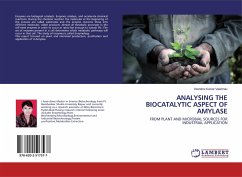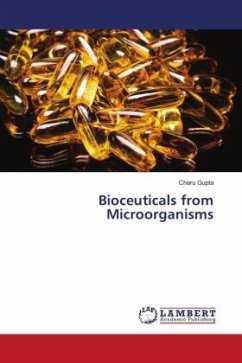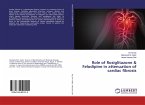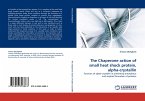All benthic marine organisms having a dispersal phase in their life histories require an adhesive strategy that allows them to adhere to diverse underwater substrates over a wide range of environmental conditions. In this book, the adhesion of Perna canaliculus mussel larvae and Undaria pinnatifida algal spores was studied mainly by electron microscopic techniques and attenuated total reflection infrared spectroscopy. Additionally, spectroscopic studies on the adsorption of model compounds on titania confirmed the presence of anionic functional groups in the organism secretions which are thought to be responsible for the underwater interactions of the bioadhesives with immersed surfaces. Integrating the data obtained from surface chemistry, physical-chemistry and biochemistry experiments appear to be a necessary strategy in order to elucidate the complex adhesion process of marine microorganisms and to develop novel approaches to enhance the organisms settlement, for instance in aquaculture, or on the other hand to inhibit biofouling of underwater surfaces.
Bitte wählen Sie Ihr Anliegen aus.
Rechnungen
Retourenschein anfordern
Bestellstatus
Storno








